Understanding the different forms of light is one of the keys to achieving good photographs, as photography is all about light. For most photographers, the most available light, the one that is free, is natural light.
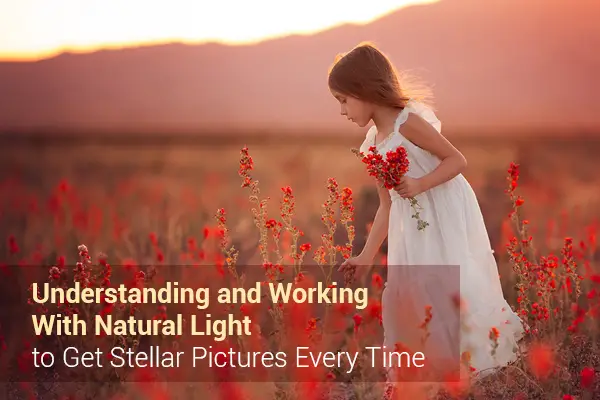
To learn how to get the most of natural light requires a lot of observing and practicing, but once you understand how to work effectively with available light, you will see how much it improves your photography.
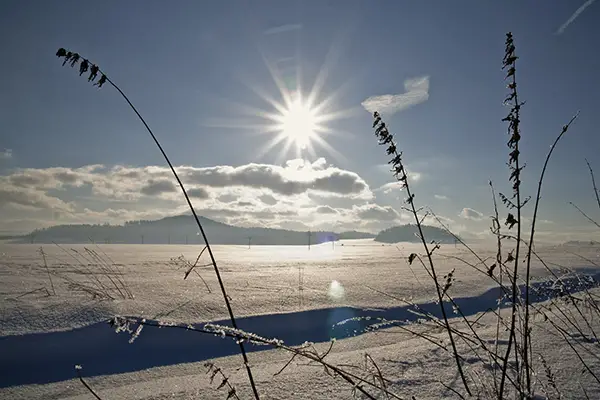
Even if “natural light” means all the available light that is part of the environment, natural light coming from the sun is the main one, and it varies a lot, producing many different results in photography. For some photographers, natural light means “ambient light,” but in this article we will be referring to the light as the light coming from the sun.
You can learn how to choose the right light for your subject by analyzing the qualities of the particular times of the day and the weather.
Time of Day
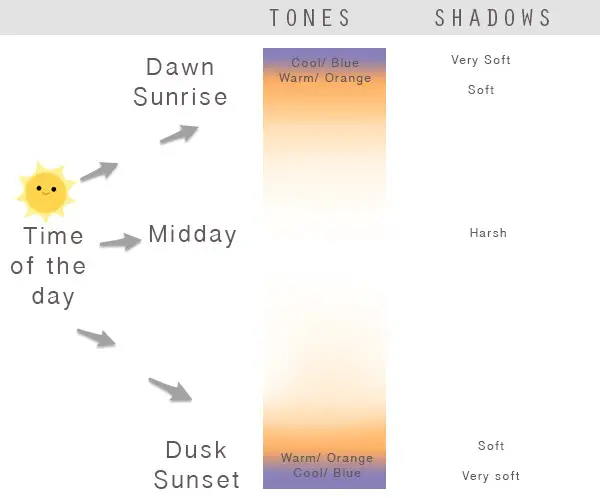
When analyzing natural light, we can start by noticing the shadows, as natural light can be soft or hard, and we can also pay closer attention to the different tones that the sun creates, sometimes colder, sometimes warmer. Both of these characteristics depend on the time of the day.
The softest shadows are early in the day or late in the day. This is because sunlight falls on the ground differently (and on your subject) as the sun is coming out. Once the sun is out, there will be more light , but this also means it will be less soft. As the sun starts to drop in the horizon, it will be softer again.
If you are photographing a scene, it will look different if you photograph it early in the day, before the sun is out, than if you photograph it later, once the sun is directly on your subject.
Depending on what you are photographing or what the mood of your picture will be, you can plan to take pictures according to the light. This doesn’t mean the “good” light takes place at just those times early in the day or later in the day. It just means you have to take into account the time of the day and the sun in your scene.
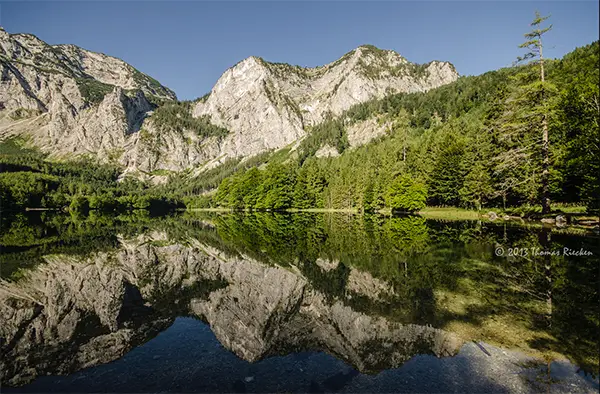
Sunrise and Sunset
Sunrise and sunset light tends to be a soft, warm light that works great for moody scenes.
This lighting is very directional, just as the sun is peeking through the horizon and creating a more dramatic scene.
This hour is also called the “Golden Hour,” as it’s soft, crisp and warm. The warmer tones are more appealing to some photographers and so are the exciting colors in the sky that are created by the clouds.
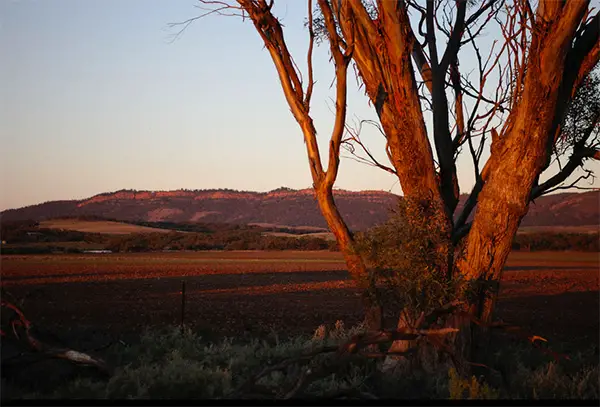
The sunset and sunrise hours can be suited for natural light portraits, as well as landscapes. For portrait photographers, these tones and lights are magical and flattering. However, this kind of light also requires understanding the direction of the light in order to pose your subject in the most flattering light.
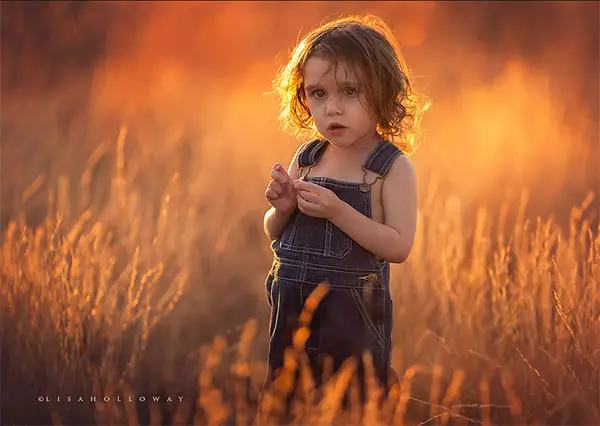
One thing to be careful of is that, during this time, the intensity of the light is much less than earlier in the day, so we will need to compensate the exposure with a proper choice of aperture, a higher ISO or even a tripod.
Twilight, Dusk and Dawn
Once the intensity from the sun is reduced during these times, it is easier to achieve photographs that are more evenly exposed and have softer shadows.
The times during which this light occurs is often called the “blue” hour, as the deep, blue color of the sky gives a colder tone to the photographs.
The sky is being illuminated by the sun that is still hiding in the horizon, so this will create a very even light. This precious light is also very soft still, so be careful to compensate your exposure to avoid blurry images.
Blue hour light is perfect for silhouettes and for landscape photography.
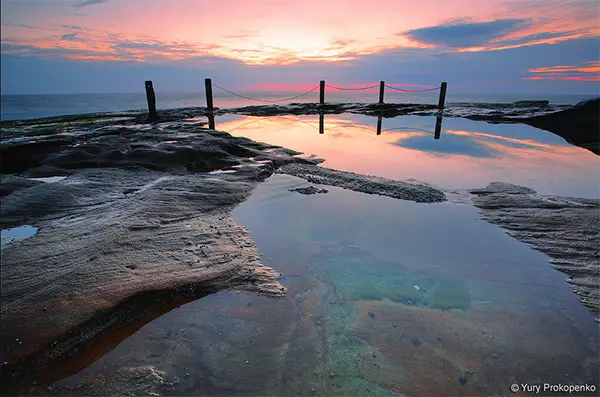
Midday Light
When the sun is directly overhead, the direction of the light is very intense and can create very harsh shadows.
When photographing people, this creates very dramatic shadows, and it is typically the worst light for portraiture. However, when photographing certain landscapes or urban scenes, this light is very rich and gives very neutral colors (as far as tone goes).
In some cases, you may see a tendency to overexpose images as the contrast created by the sun will make the camera meter very sensible.
It’s hard to avoid this light sometimes, as there are many events happening in the middle of the day. If you want or have to shoot in harsh midday sun, there are a few things you might want to consider.
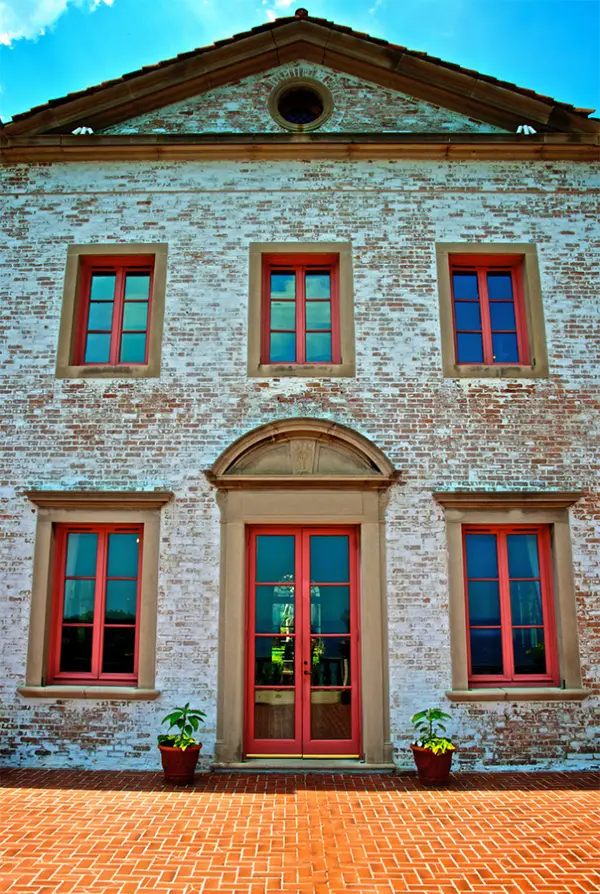
Open Shade
When the midday sun is your only source, try to look for a shady place where you can place your subjects. This indirect light will be very even and rich. Be careful, though, that the light doesn’t leak into parts of your subject, as it will create undesirable overexposed parts in your picture.
Another useful tip for those midday shots is to use fill flash; even your popup flash on your camera will do! A reflector or a diffuser can also help to soften those harsh shadows.

Cloudy Days and Sunny Days
When shooting outdoors, you might notice that overcast skies provide a colder, softer light. In some cases, this might be a desirable thing (for midday portraits, for example), but in other cases, a flat scene can make for a boring, flat picture.
Overcast skies allow us not to worry about the shadows anymore, but we want to pay attention to the white balance, as the tones under cloudy days are colder.
Study your light!
With these principles in mind, understanding and utilizing light should be the next big thing to master to improve your photography. This requires lots of practice and observation. The best way to improve your photography is go out there and shoot!
It will only be a matter of time until you find the perfect light and make the perfect photo!









0 comments